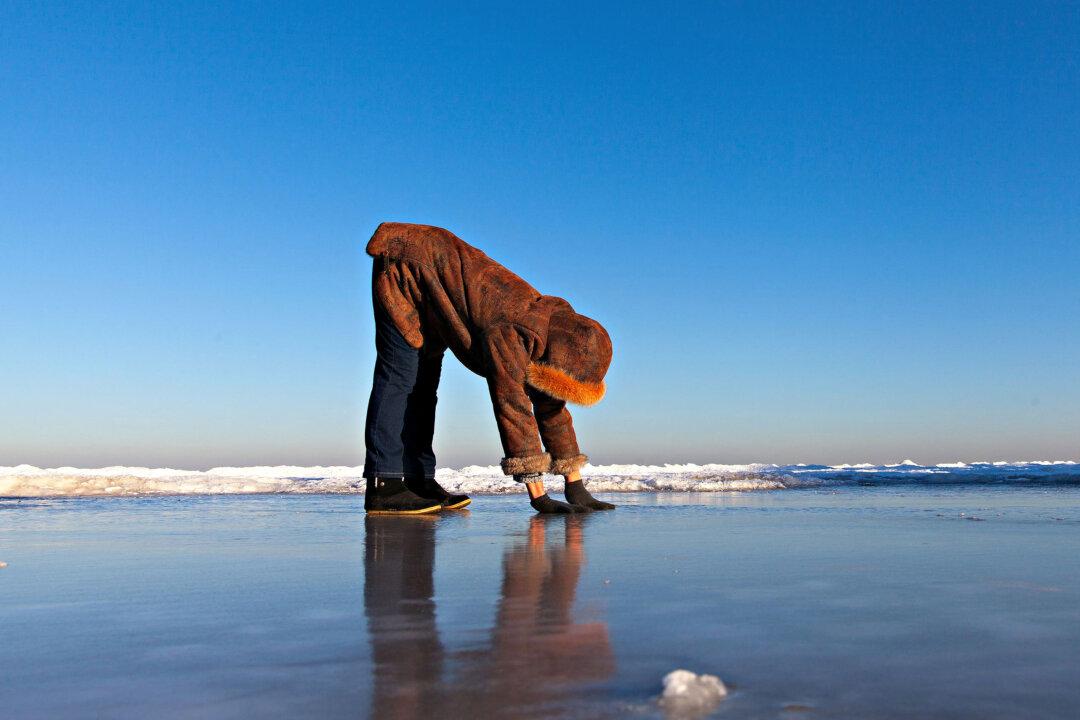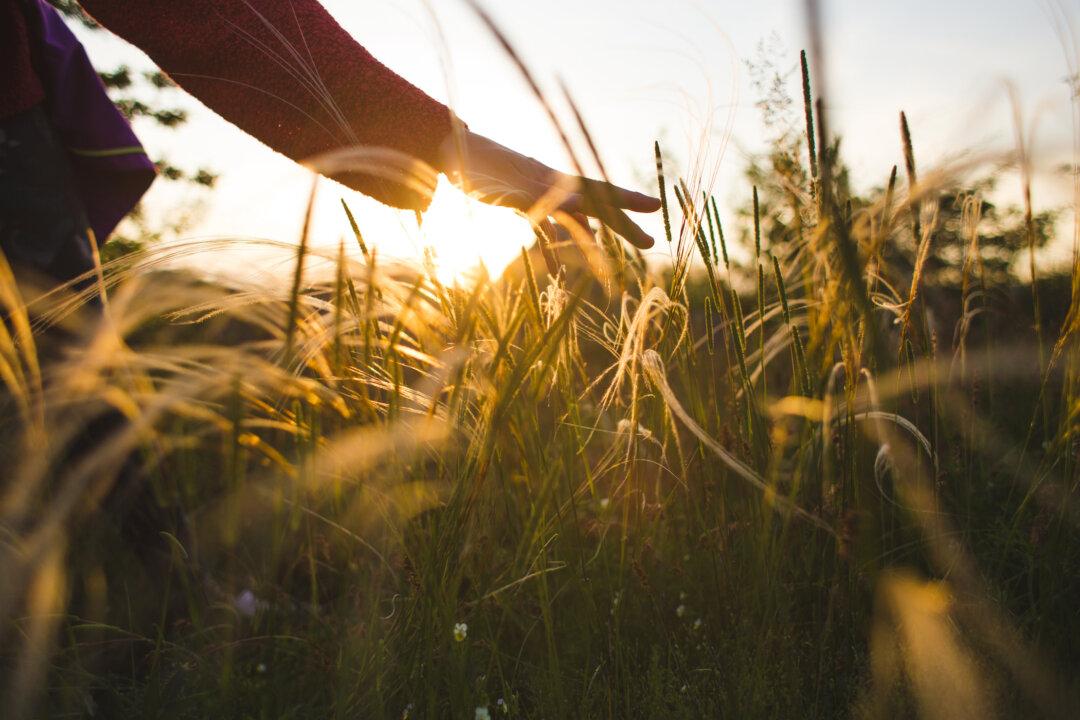I don’t usually do book reviews, but when I was approached by author Vtaliy Katsenelson to review Soul in the Game: The Art of a Meaningful Life, I was intrigued by his back story. First of all, Katsenelson is the CEO of an investment firm in Denver. As an investment manager, you’d expect him to write a book on money and investing, which he has. However this book is not about material wealth; it’s about life. But also, Katsenelson’s personal story is one of overcoming obstacles. He grew up in Murmansk, a port city just north of the Arctic Circle in Siberia. Being so far north, he grew up with food shortages, living in the cold and enduring dark winters with little sunlight. When he was 11, his mother died, and in his late teens, Katsenelson and his father emigrated to the U.S., ending up in Denver. He managed to learn English, finish his education and land a job with a small investment firm. Working his way up, he became an investment analyst, portfolio manager, and ultimately CEO of his own investment firm.
So while Katsenelson is a student of the markets, he is also a student of life. Soul in the Game covers a lot of ground on finding meaning, overcoming obstacles, health, personal identity, creativity, success and failure. I was particularly drawn to his take on health habits and overcoming obstacles to make positive changes. A few of his points:
- Making health-related changes is something Katsenelson calls a half-binary decision. While a binary decision is a yes or no, a half-binary decision is either all yes or all no. For example, when it comes to eating dessert, Katsenelson’s half-binary decision is a no—he just doesn’t eat it. There’s no room for an occasional yes, because then, he reasons, you’re faced with a decision. When your plan is always not to eat dessert, it’s easier than having to weigh the times or conditions under which it’s okay to do so.
- Change your inner identity to create habits that stick. For example, if you say “I am a person who is strong and athletic”, you begin to act like that person by incorporating physical activity into your day. While this strategy can take some time, it works because bad habits, such as couch surfing, are contrary to your identity of being strong and athletic.
- Stacking good habits is also a pathway to making healthy changes. For example, lately I’ve been doing an online yoga class every morning followed by a lengthy walk. If I put off the walk for later, chances are it won’t get done. The same is true for yoga, if it’s not the first thing I do in the morning, it won’t happen.
- Katsenelson also stresses the importance of getting enough sleep. You stress your brain during the waking hours with all of the day’s activities. However, all of that stress is repaired and your brain is revitalized while you sleep. Simple enough. If you skimp on the sleep, research tells us that your brain suffers in the form of decreased concentration and focus, and a higher risk of accidents.
- The benefits of meditation are worth the time it takes to do it (and it can be done almost anywhere!) Meditation can be as simple as sitting and concentrating on your breath. It brings you into the present moment, promotes mindfulness and can help you process in a way that reduces suffering. Meditation also buys you some time in a stressful situation to allow you to respond more thoughtfully.




